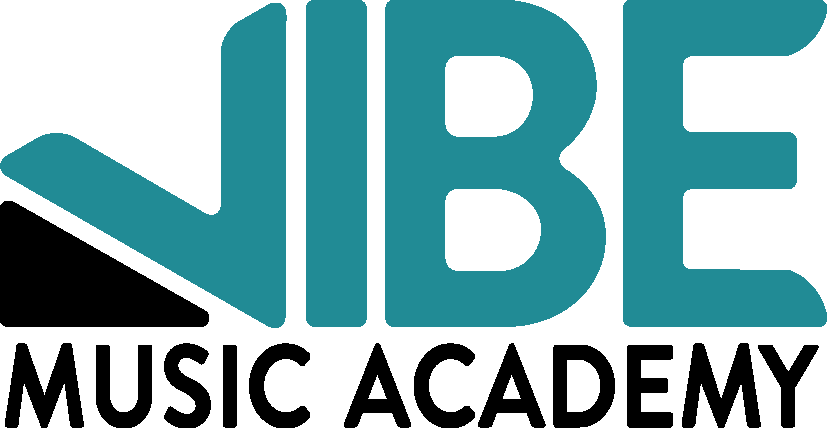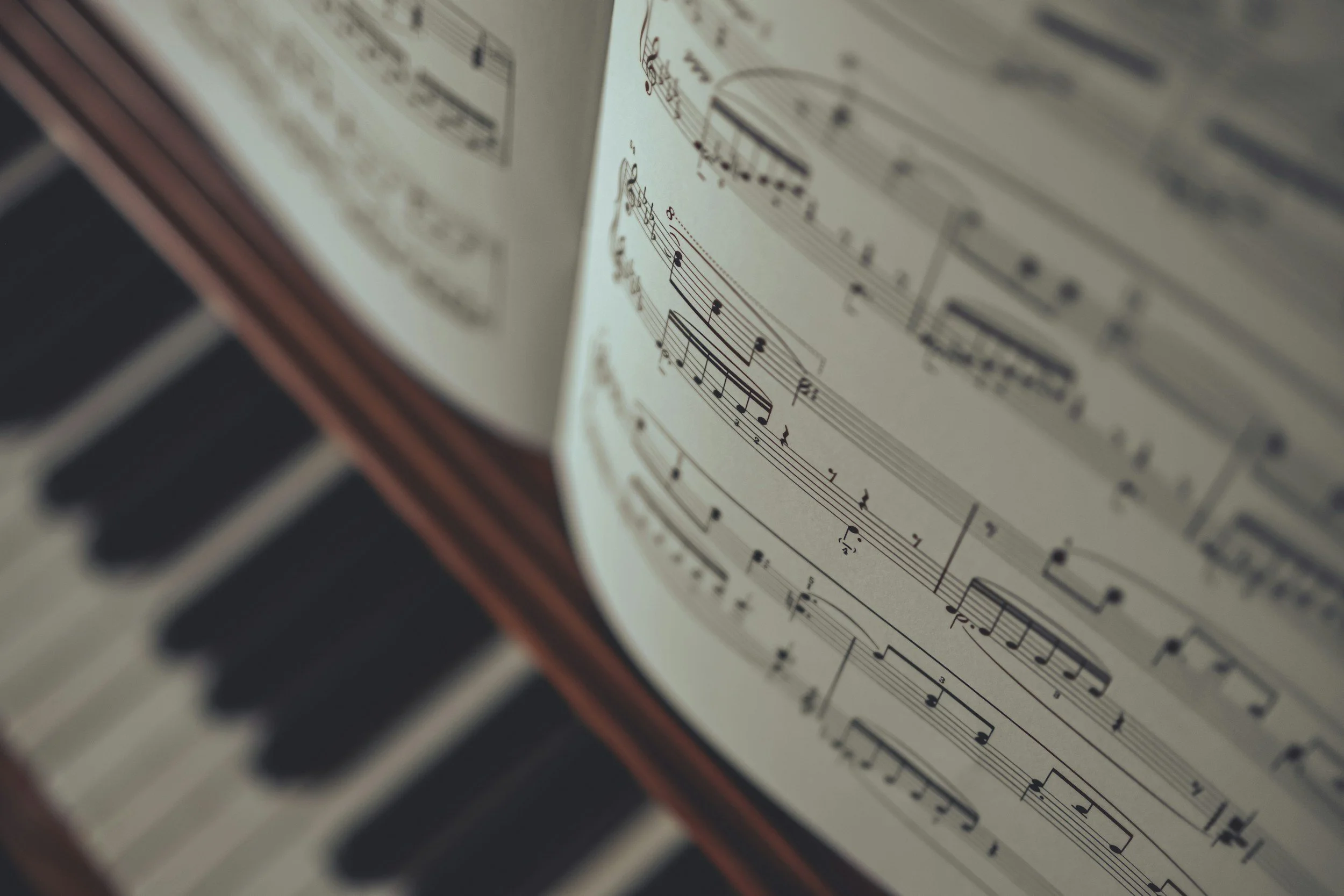Learning and refining a new skill can be daunting and may be seen as a risk to some. In my time as a professional musician and teacher, I have realized how vital vulnerability is to the music learning and making processes. Vulnerability allows for the exploration of the vast opportunities music and its instruction have to offer.
What is Vulnerability?
Vulnerability is defined as “the quality or state of being exposed…either physically or emotionally” by the Oxford English Dictionary. It can have positive or negative outcomes. However intimidating it can be, vulnerability, in a positive manner, can heighten a musician's emotional sensitivity and intensify music performance as a whole.
The act of being vulnerable within the realm of music is complex and variable. It can range from being open enough to step out of your comfort zone by beginning music lessons to being confident enough to perform emotion-evoking music in front of complete strangers.
Music, in the most basic terms, is meant to tell a story, communicate feelings, and allow connection on a basic human level. These effects are diminished without vulnerability from the musician.
Without vulnerability, the musician typically shows reduced emotional attachment to the music. In order to transform mere notes on a page into something that the listener can connect with, the musician must be sensitive and vulnerable while incorporating a personal connection to the music. In this way, the music can be performed and experienced in its meaningful and intended form.
Anna, assisting one of her voice students at Vibe’s 2022 Spring Recital
Vulnerability’s Affect on Music Performance
Some may think that taking the first step towards learning something new, such as signing up for music lessons, is the hardest. While it can be, vulnerability only grows throughout an endeavor, such as music making.
The image shown below portrays the Vulnerability Hierarchy and how complex and multifaceted it can be. Music training and performance can incorporate most, if not all of these vulnerability tiers.
Vulnerability makes for a better musician and allows musicians to create and perform music in the most meaningful way.
Source: https://advice.theshineapp.com/articles/lean-into-your-vulnerability-with-this-1-chart/
Vulnerability also comes in many forms and intensities.
Personally, I find that I feel more vulnerable performing vocally rather than with a palpable instrument. The fact that I cannot physically separate or disassociate myself from my vocal instrument makes me more susceptible to self-doubt, fear and negativity around my voice compared to other instruments I perform.
Understanding vulnerability and being open to opportunities, such as performing or learning new techniques, allow me to make music to the best of my ability, both vocally or instrumentally.
On a larger scale of performance, the importance of vulnerability only increases. Instead of being open and present in a one-on-one lesson setting, the performer (of any level) must be able to emote to an audience of their peers and/or strangers, which is extremely difficult.
Speaking from years of performance experience, vulnerability in front of an audience is hard, and most likely always will be. However, the beauty and opportunities an open, vulnerable musician can experience unmeasurably outweigh those of fear and self-doubt.
A voice student of Anna’s performing at Vibe’s 2022 Winter Recital.
Vulnerability’s Affect on Music Instruction
From a teaching standpoint, I aim to model and guide my students to recognize and acknowledge their vulnerabilities. This helps to mold them into the best, most confident, musicians they can be.
In my studio, I have my students of both piano and voice engage in somewhat silly or awkward exercises. There is always a method to the madness and a technique to refine, no matter how weird the exercise may seem. I find that the students that are willing to be vulnerable and lean into silly or awkward exercises are able to acquire the skill easier and quicker than students who are more reluctant.
Fostering vulnerability in a safe and open atmosphere is essential to music instruction. A study by Papageorgi et al. (2010) explains that students thrive when the learning atmosphere is supportive, nurturing, and empowering. This is how the student recognizes the learning goals and processes that best reinforce their training journey.
I, along with Vibe Music Academy, believe that as a music educator, the goal is to create the type of learning environment that best encourages personal and musical growth.
I encourage you to step out of your comfort zone and allow yourself to be vulnerable to something new - the experience may positively surprise you. Join us at Vibe Music Academy if music is your next vulnerability venture!
-Anna Holden, Instructor at Vibe Music Academy


















